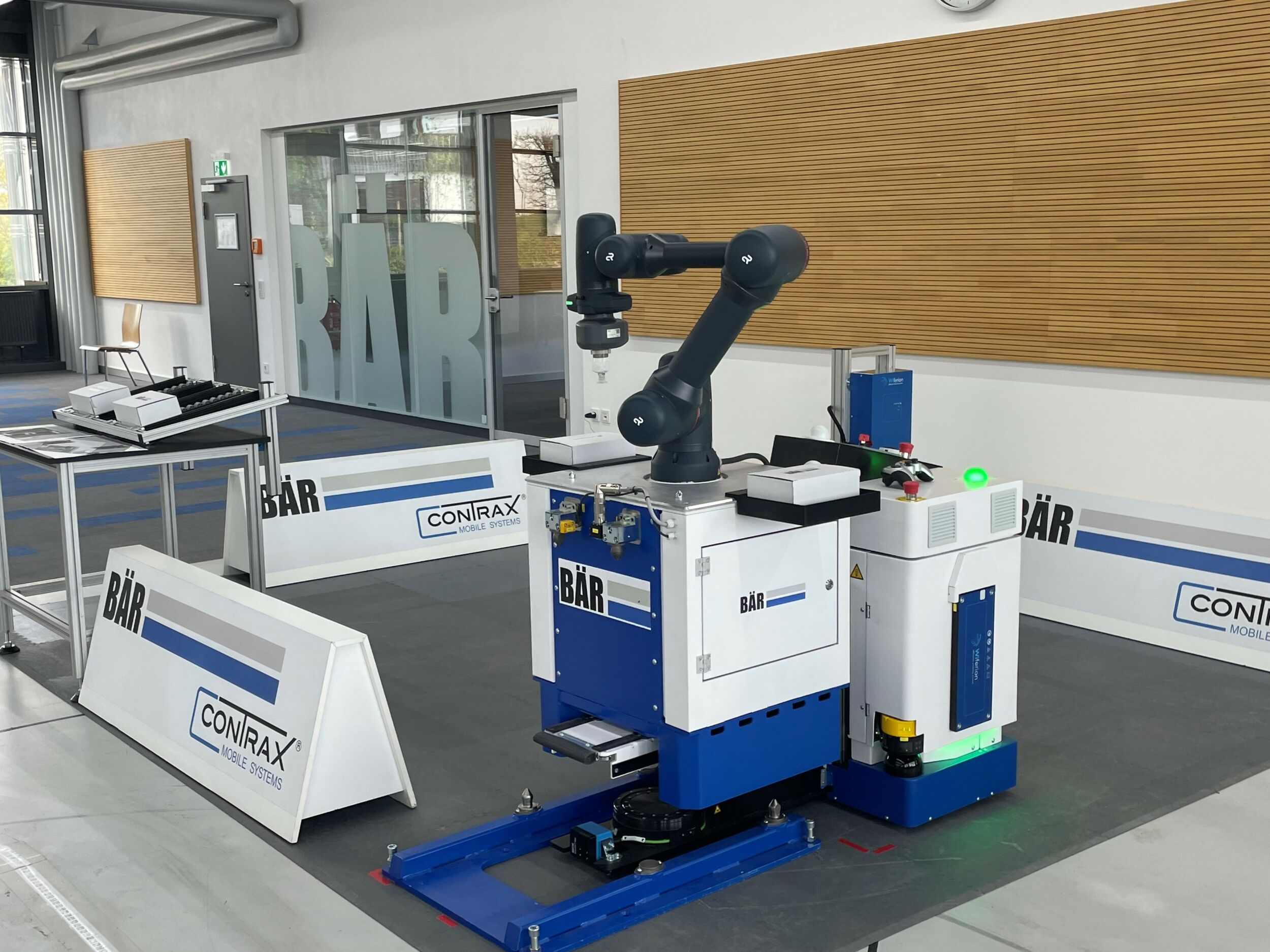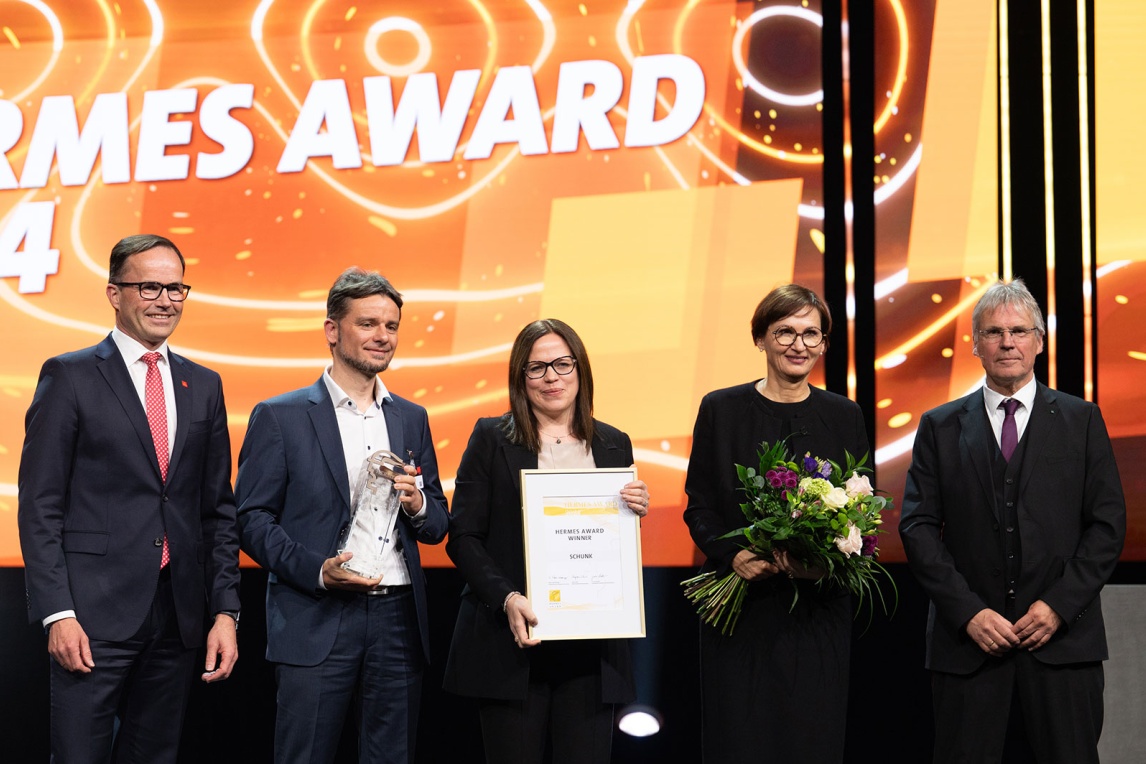1997: AGV in the hospital
The replacement of the overhead conveyor system in the University Hospital of Cologne by a freely navigating AGV presented TMS with new challenges in 1997. The nearly 100 vehicles had to use narrow corridors during their daily kilometers-long routines, some of which had to be often shared with people. Under such circumstances, new special chasis kinematics and safety sensors were necessary for safety reasons. The control software coordinates the motion of the vehicles among themselves, but also the one of the elevators, for instance, that were used with the AGVs. Considering the numerous new system features and interfaces, we created the digital twin of the plant in a computer simulation for the first time,“ explains Hillinger.
No end of Development
Since 2008, the company has been known under its the current name DS Automotion. In order to be able to offer cost-effective alternatives for simpler internal transport tasks, it has been adapting standard forklift trucks for driverless operation since 2010. Although large numbers of these are in operation, the product line was recently discontinued. Since 2019, the company has been offering again its own forklift truck named Amadeus. This one was developed exclusively for driverless operation. In 2016, DS Automotion presented also Sally, an industrial-grade driverless transport vehicle in the weight class up to 100kg at the Logimat Fair. Its basic vehicle can be easily adapted by various carrier assemblies to suit individual application requirements. Sally is the first vehicle of DS Automotion that use building contours for navigation with the help of SLAM technology. At the same time, it can be integrated into freely navigating systems with the DS Navios FreeGuide control system, and it can operate in any combination with other AGVs from the company.












